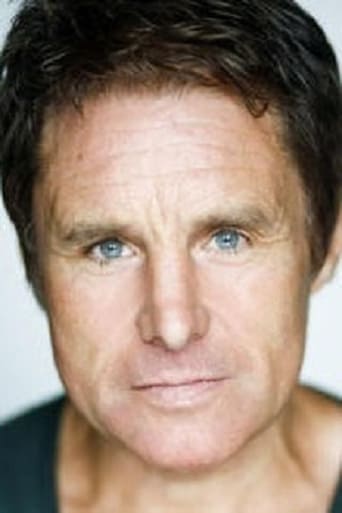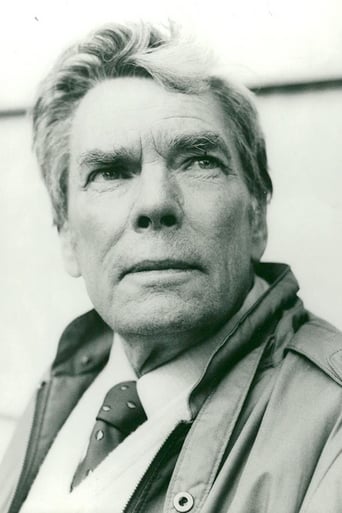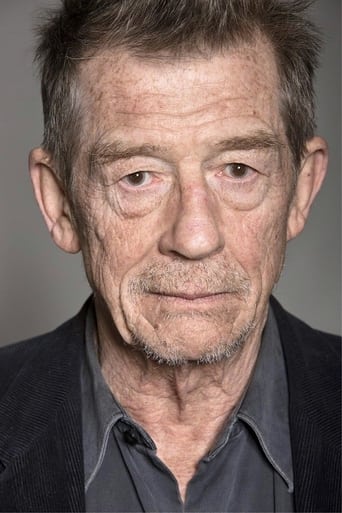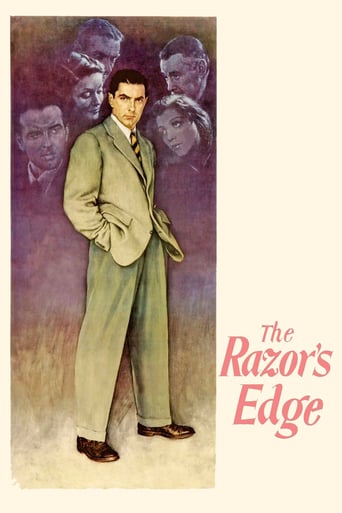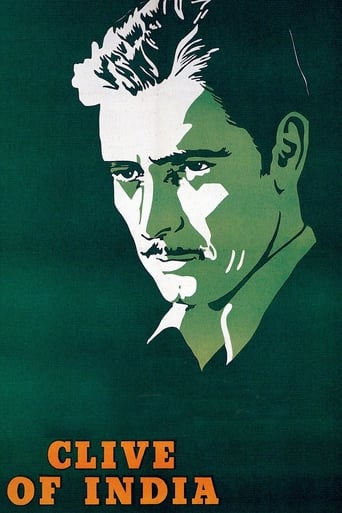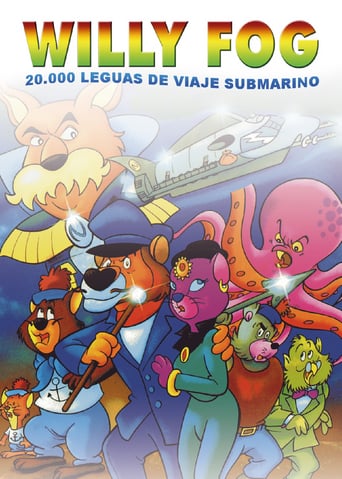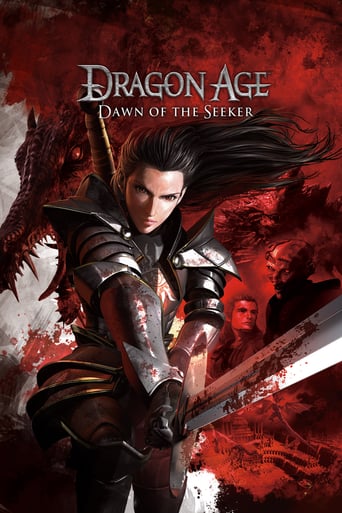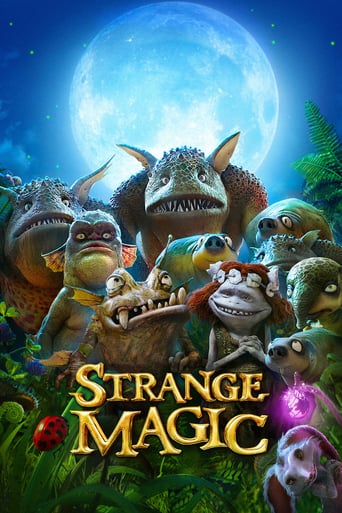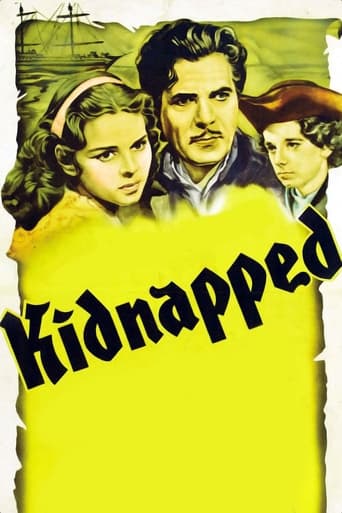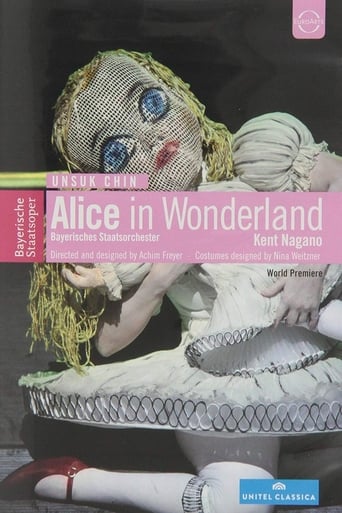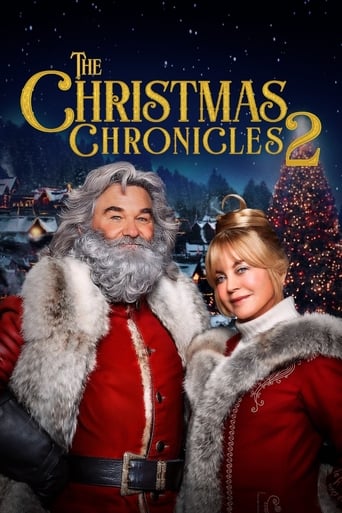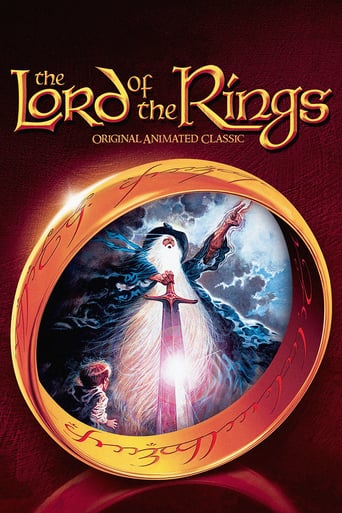
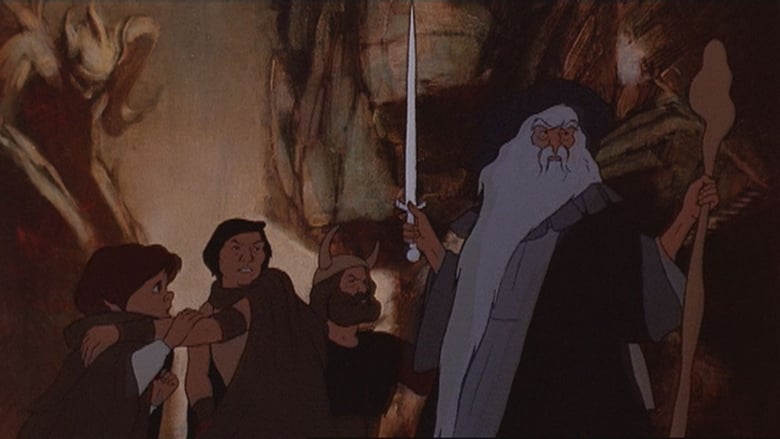
The Lord of the Rings (1978)
The Fellowship of the Ring embark on a journey to destroy the One Ring and end Sauron's reign over Middle-earth.
Watch Trailer
Cast
Similar titles
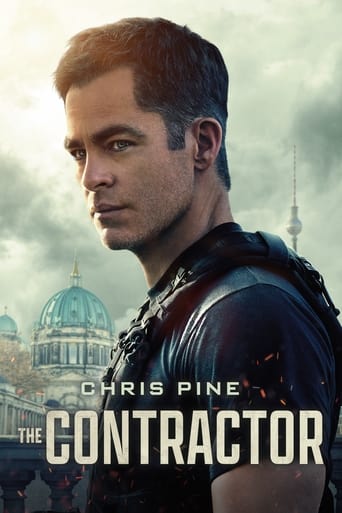
Reviews
The Worst Film Ever
Must See Movie...
The story, direction, characters, and writing/dialogue is akin to taking a tranquilizer shot to the neck, but everything else was so well done.
The best films of this genre always show a path and provide a takeaway for being a better person.
I love Ralph Bakshi's The Lord of the Rings! It open JRR Tolkien for me,who I love very, very much! Most people who hate this film did not grow up in 70's with little Tolkien except these Great Things! The Hildebrandt Brothers great Artwork, and The HOBBIT 1977 TV Movie and the Led Zepplins great song! Because of Bakshi's The Lord of the Rings I started to collect animated Cels! I have a great Cel of Frodo looking through the Ring offering it to Galadriel! I also have animation art from Disney ,Hanna-Barbara,and Heavy Metal Cels (Taarna, Barbarien Leader Cels) I have over 200 cels! People who hate this film must hate Tolkien and the fine art of Animation! This is 23 years BEFORE Peter Jackson Version ,which he used this as some guidance! Like my N.C. Licence Plate FRODOLIV!!!!!
Ralph Bakshi's attempt at bringing J.R.R. Tolkien's epic tale to the screen years before Peter Jackson is a valiant effort that falls short for more reasons than the obvious. Many purists will no doubt complain about what's been left out or the depictions of some characters. Others will say that the story ends abruptly and, since there was never a part two, it leaves the movie feeling incomplete. Still others will talk about the uneven mixture of traditional animation and rotoscoping. All of those are valid complaints but not major ones for me. Granted, I saw the Jackson films already so there was a certain degree of comparison that was inevitable, however unfair that may be. I'm certainly not going to slight the movie for not being able to compete with something made decades later with a budget over twenty times what this had (for the first movie of the trilogy alone). I'm also not going to nitpick what was left out or who didn't look like they should because the Jackson series gave fans a gazillion hours of footage of to cover almost every base. The animation is good for the era and I generally appreciate Bakshi's use of rotoscoping. The man was an artist, not an assembly-line animator like most at the time, and that should be praised.The main problem I had with this is that it is not as emotionally involving as the Tolkien story demands. It's a story that deserves a deeper treatment than what we have here. That came later with Jackson, thankfully, but the lack of emotional resonance in this version is a major flaw. I also wish the music score wasn't so unexciting and forgettable. I've read that Bakshi originally wanted to use Led Zeppelin music. At first that sounds like a terrible idea but I can't help but wonder if that would have been so weird that it actually worked. Overall, it's a mixed bag that drags some and never really pulls you in like it should. Bakshi respects the material enough to follow it as closely as he can with the restrictions he had. He also creates some fine atmosphere and fills the movie with so many interesting visuals that it's hard to dismiss it entirely.
Yes, I know that people who have seen Peter Jackson's version insist that this version, assuming they have seen it at all, is vastly inferior in every way. And yes, I know this version of the story actually ends in the middle of the narrative. However, those points being granted, one has to acknowledge that Peter Jackson enjoyed several advantages that Ralph lacked, namely time and a budget. Peter Jackson had three years in which to complete his epic film trilogy, which was far more time than the amount of time Backshi was allotted. In addition it should be mentioned that Ralph Backshi produced his film on a budget of only $4 million, an amount which is dwarfed (or, perhaps one might more accurately say, "hobbited") by the $281 million Peter Jackson spent producing his movie trilogy. For that reason, comparisons between the two versions are more than a little unfair. However, that being said, what Ralph Backshi did have in abundance was imagination and artistic skill. I'm sure there are those who will consider this heresy, but I think one might compare Ralph Backshi to Orson Welles in that none of the animated features that he directed ever really came out as well as he intended. Like Orson Welles, Ralph Backshi never seemed able to get sufficient financial backing to complete his movies as well as he originally visualized them. The 1970s was not a good period for animators, unless one had the backing of a huge studio like Disney, which Backshi certainly never did.So, if you watch this again, bear in mind that it was produced on what today would be considered a tiny financial budget. In fact, it appears that Backshi was so strapped for cash that he was never even able to finish more than the first part. Like Eisenstein's "Ivan the Terrible", Ralph Backshi's "Lord of the Rings" remains unfinished.
It's not fair at all to dismiss Ralph Bakshi's animated treatment of "Lord Of The Rings" for being what it's not, the three-part, 11- plus-hour version we got 25 years later. You have to judge it on its own terms. So let's do that.On its own terms, "Lord Of The Rings" is a somewhat goopy, occasionally gripping screen handling of the first book and most of the second book from the J. R. R. Tolkien fantasy epic. In it, hobbit Frodo Baggins finds himself the possessor of a powerful magic ring, the key to defeating the growing forces of darkness. Yet the ring can't be used by Frodo in any constructive way. To be of use to him and his good allies, it must be taken to the heart of the enemy, Mordor, and there destroyed."It is altogether evil," Frodo is warned by his wizard friend, Gandalf. "It will corrupt and destroy anyone who wears it, until he passes into the world of shadows under the power of Sauron, the Dark Lord of Mordor."Bakshi was an animator of powerful and unique vision, yet there are too many occasions where marrying that vision to Tolkien's story seems to have been too much. Frodo and his fellow hobbits are too cutely designed in animated form, with their big eyes, moptop haircuts, and tendency to cower in each other arms as their trek grows more perilous. The animation relies heavily on rotoscoping, basically filming real actors and then sketching over them. Bringing this off in concert with more fully animated sequences creates a lot of lulls in the action.For an animated film, it sounds great anyway. Leonard Rosenman's sterling score builds up suspense and grandeur, and provides majestic payoffs all the way through to a riveting finale. The voice acting is solid, especially John Hurt's work as Aragon, the hobbits' valiant ally. Bakshi introduces him effectively in a barroom sequence that is the film's high point. Unfortunately, that's over thirty minutes in. Peter Woodthorpe oozes corruption as the most Bakshi-type character in the trilogy, Gollum, while William Squire's Gandalf brings Alec Guinness-like authority and humor to his work.Mordor's dark emissaries, the Ring Wraiths, are effectively rendered, so much so their glowing eyes and grey robes seem to have gone to Bakshi's head. Every orc and balrog in Middle Earth sports a similar look.As the film goes on, the problems of bringing off Tolkien's grand design seem to accumulate. The bigness of Tolkien's vision is reduced to a few obvious actors moving in the foreground while matte paintings of others stand stationary around them. Some of these paintings are quite breathtaking, but Bakshi leans on them too much. Big crowd scenes seem to consist of Rosenman's music playing majestically while the screen presents still images broken up by a flapping pennant or waving spear. In battle, the fully animated figures of the main characters mesh awkwardly with the real-life rotoscoped actors around them.There's also the problem of ending the film with half the story yet to occur. Of course, that's not Bakshi's fault; he was given to believe he'd have another movie to tie up these loose ends. His job here was to give us an appetite for that next chapter, and guided by Tolkien's story he almost does. It just doesn't grab one as a unified vision. This is more of a compromise, a noble one, but a bit of a failure all the same.
